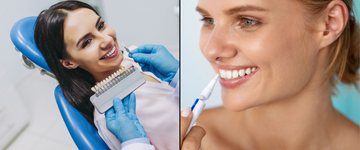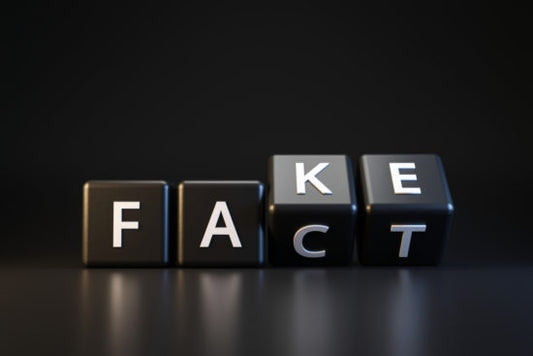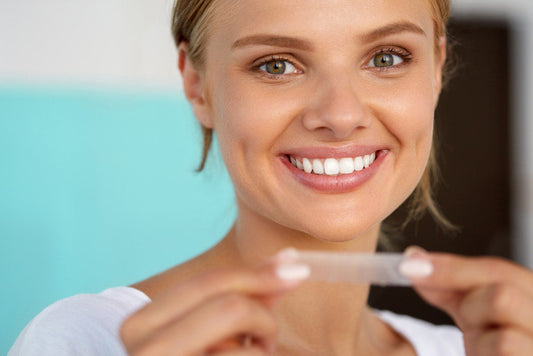Your guide to teeth whitening
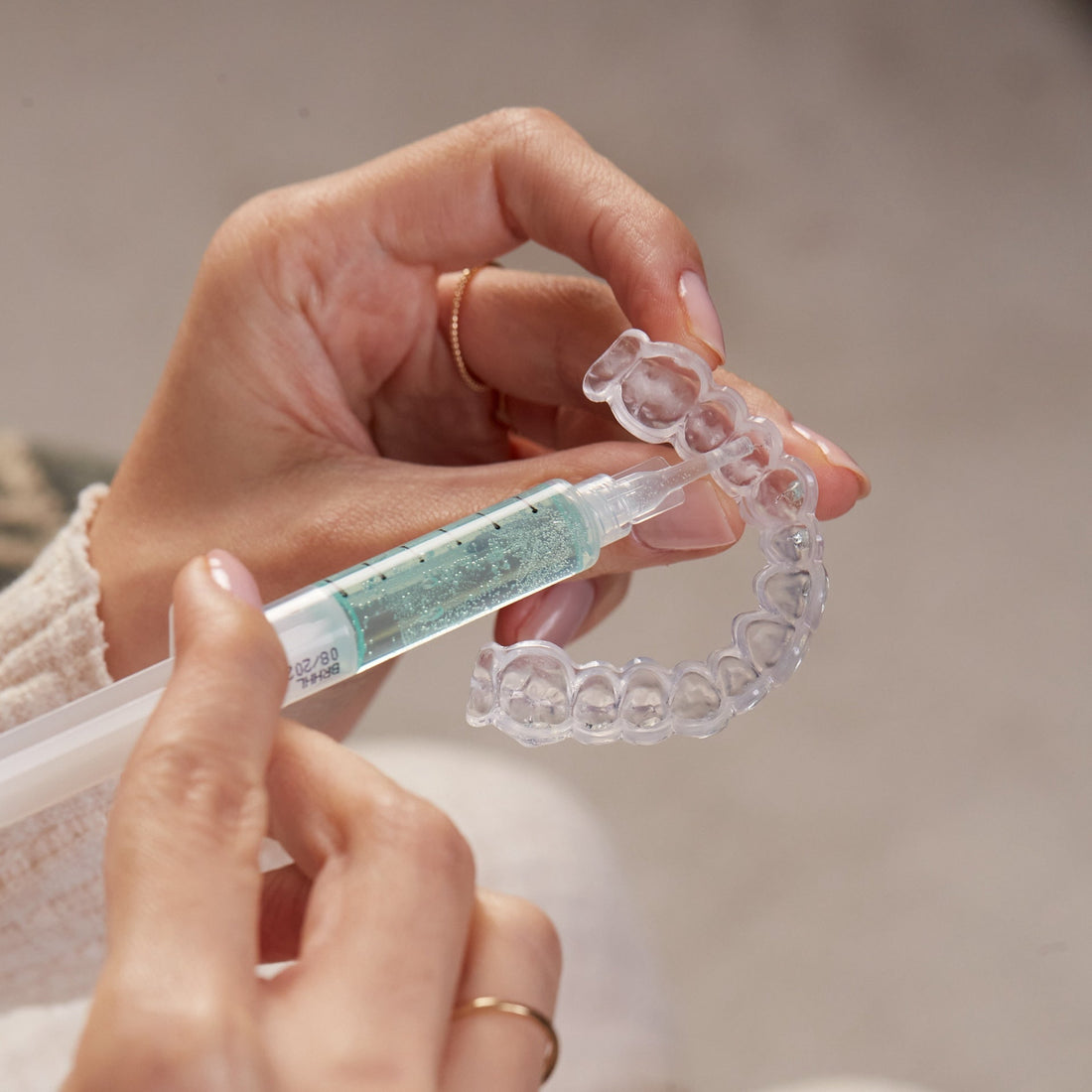
Chances are if you are reading this blog it means you are interested in improving the colour of your teeth. You are not alone, Brits spent close to 3.8bn on dental services last year with little sign of letting up. But how do you decide which method is the best one for you with so many options on the market ranging from over the counter (OTC) whitening products to prescription grade bleaching gels from your dentist?
With the rise in social media marketing through influencers and celebrities and the improvement in the quality of technology that we use such as our phones or high definition televisions, the public’s demand for a whiter and more perfect smile keep increasing.
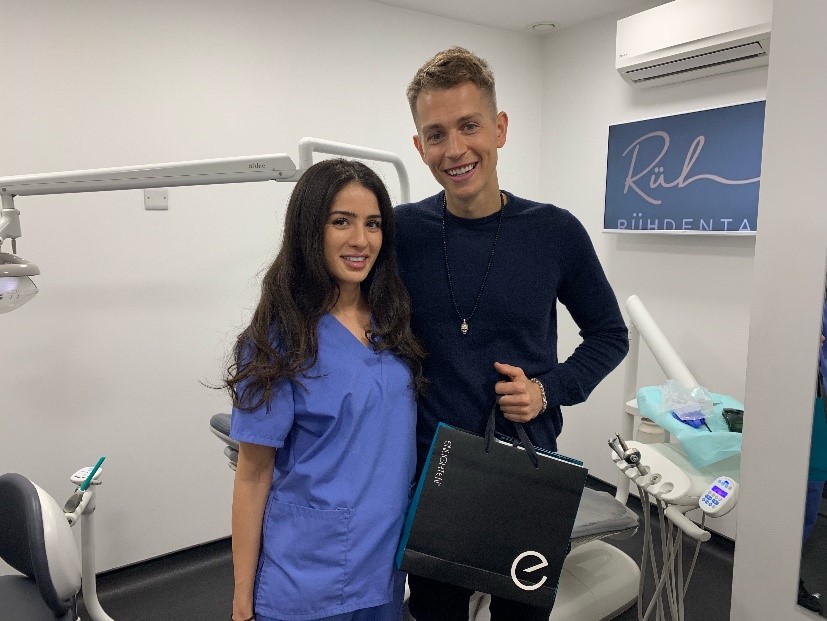
Lana with James McVey from the Vamps, getting him jungle ready for “I’m a Celebrity”.
" Brits spent close to 3.8bn on dental services last year "
But is it safe?
Many of my patients often ask me if teeth whitening is safe, and I always give them the same answer; yes, if it is prescribed, dispensed and administered safely and legally by your dentist or dental hygienists (under the prescription of a dentist).
Before 2012 teeth whitening was unregulated. You could have the treatment done by untrained beauticians at shopping centres and even certain hair salons offered this service. This was when teeth whitening had a bad reputation for causing extreme sensitivity and in some cases irreversible damage to tooth structure and gum tissue. Since then a requirement of the 2012 EU legislation is that a dentist should carry out an examination to determine a patient’s suitability, ensuring there are no risk factors or disease.
Let’s have a look at the types of staining your teeth can suffer from
Tooth staining can be classified into two different types:
1) External factors (extrinsic)
2) Internal factors (intrinsic)
How are teeth whitened?
The whitening of teeth can be achieved by a physical removal of the extrinsic or a chemical one of the intrinsic stains.
The most effective action to take for the physical removal of extrinsic stains is to have it removed professionally by booking an appointment with your dental hygienist. Nowadays most dental hygienists use air-polishing systems that gently and efficiently remove stains on the teeth using a mixture of water, compressed air and a fine powder (usually erythritol, glycine, sodium bicarbonate or calcium bicarbonate) delivered through a nozzle. This is a great treatment option for patients that suffer from sensitivity due to the lack of direct contact with their teeth.
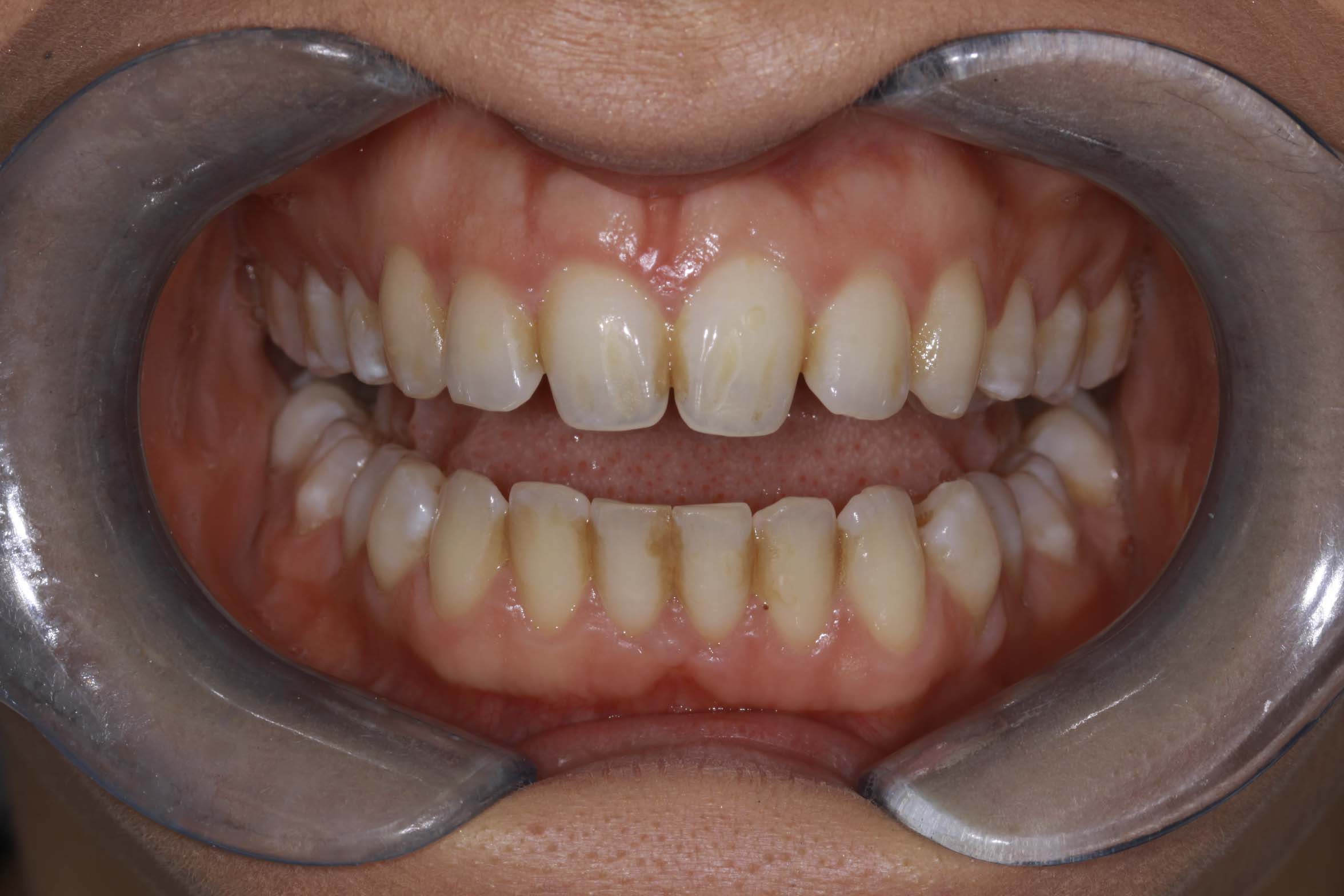
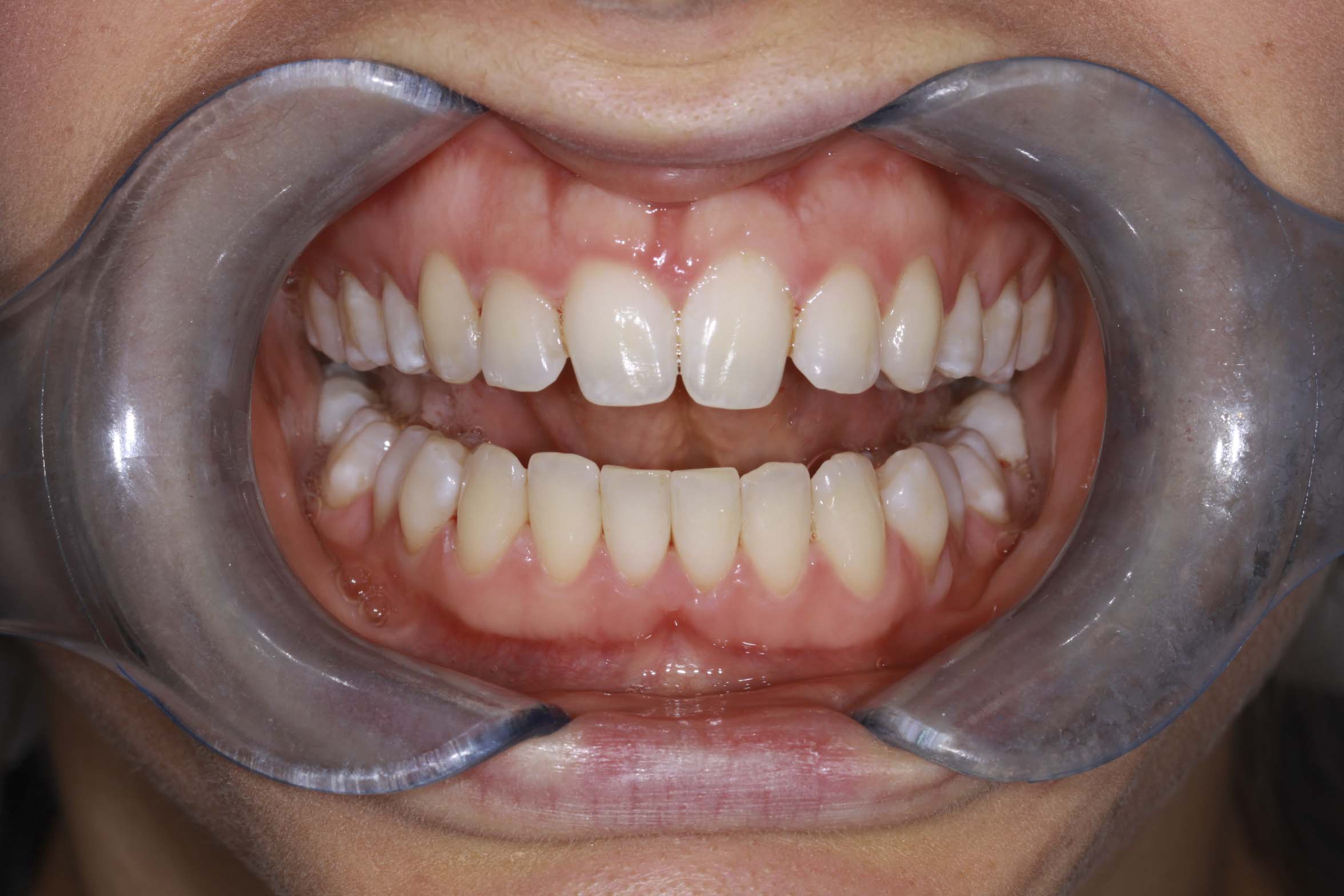
Professional stain removal using the NSK air-polishing system.
Physical removal with OTC products is effective on very mild stains using products such as whitening toothpastes that contain detergents, abrasives and enzymes. However, these types of products may only contain up to 0.1% of hydrogen peroxide (HP) in the EU which produce insignificant, unpredictable and time-consuming results when used on their own.
But I really just want to go Ross from Friend’s white 😁
If you are seeking that Hollywood smile or have more complex intrinsic staining just simply book an appointment with your dentist or dental hygienist to have your teeth whitened safely and professionally.
There are many different systems on the market but it has been well established that tray-based whitening systems are the most effective compared to the ones that use blue light LED lamps. The concentration of teeth whitening gels prescribed by your dentist must contain, or release, up to 6% HP or 16% carbamide peroxide (CP). Since HP is only active for 30-60 minutes and applied during the day it would take more days to achieve the same result as using CP which is active for approximately 4 hours, therefore, carbamide peroxide is more effective for home whitening.
Since professional teeth whitening systems are much higher in price than OTC products, it is important to go for a system that will guarantee long lasting whitening results and low sensitivity so that you can actually complete the course of treatment and achieve the results you seek.
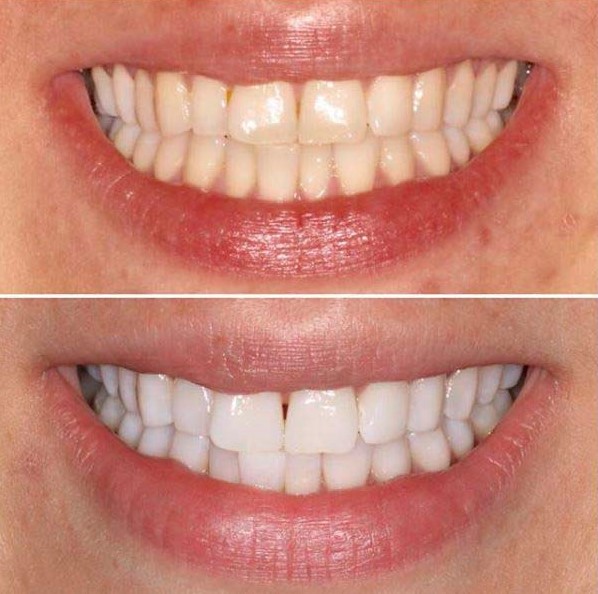
Say Cheeese! 😀
To summarise, although OTC products only remove extrinsic stains, they are a great adjunct to professional whitening systems prescribed by your dentist. Please use a whitening toothpaste that is gentle on your teeth, preferably containing hydroxyapatite to reduce general sensitivity at the same time. Combining this with regular trips to your dental hygienist to remove tougher stains (and of course bacteria!) you will be able to achieve and maintain that perfect white “instagrammable” smile. It is no longer taboo to have your teeth whitened and let’s be honest, a beautiful smile will never grow out of fashion!
› DIG DEEPER ‹
![]()
Learn more about the Enlighten Teeth Whitening System HERE.
And to find an Enlighten whitening expert near you, hit the link below.
FIND A DENTIST

Or if it’s mini smile makeovers you want to dig deeper into, then give it a click right HERE.
_________________________________________________________________________
